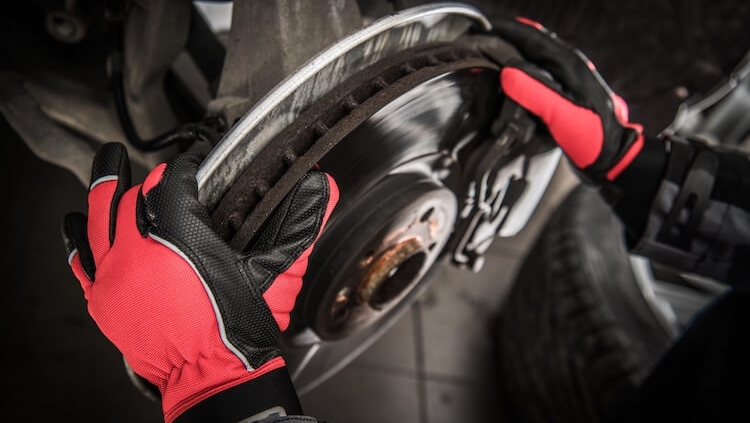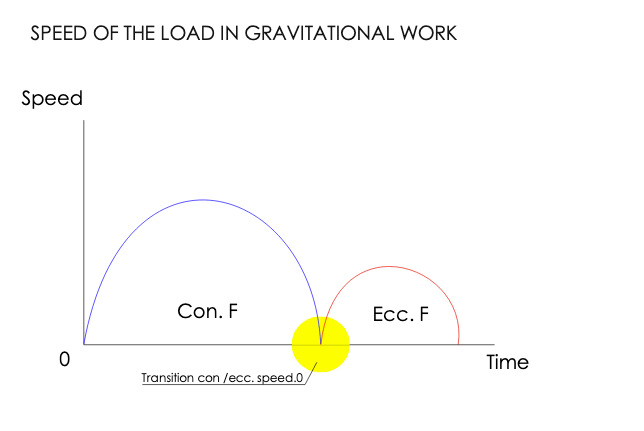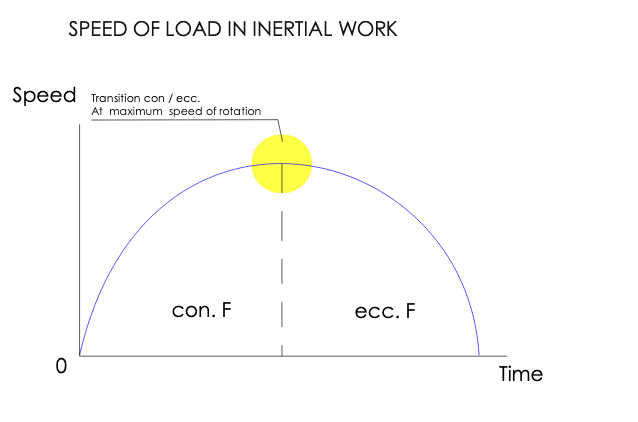Why inertial equipments improve braking performance?
In order to understand the need to improve the capacity to “brake or decelerate”, actions that are very present in sports activities, we must first understand the concept of braking. We understand by braking, the action of applying force against the ground in the opposite direction of our movement with the aim of losing speed.
The intensity and muscular demand of this action will depend on the previous speed reached before starting to brake and the space we have to perform the action, so the higher this speed and the less space we have to decelerate, the more intense the action will be, since the athlete will have to apply more force per unit of time to stop.
As an example, what we try to achieve with our sportsmen is the same thing that race cars look for, to accelerate as much as possible, to be able to keep it as long as possible, and to be able to lose that speed in the shortest time possible. Achieving this with our athletes will allow us to gain time from their rivals to decide and execute.
How can we improve the motor pattern of deceleration ?
The main object of improving braking capacity is to lose as much speed as possible in the shortest time, so it isessential that the execution of speeds and the system we use generate high speeds in the load. If this does not happen, we run the risk of thinking that by moving a heavy load at a very slow speed we are improving our ability to brake, when in the actions of games what happens is just the opposite, low loads are moved at high speeds, which is why it is so important to achieve high load speeds in order to brake.
Inertial machines….
Inertial devices are clearly superior to other traditional training systems with loads to develop braking ability. When we move loads by means of a bar, dumbbells, etc. as for example in the squatting exercises, we can divide the movement into three phases:
- Initial position: Before starting the movement, the load remains on the athlete ́s shoulders, meaning that the exercise starts at zero speed of both, the displacement of load and the athlete.
- Lowering of the load: The athlete begins to descent bearing the weight of the load by eccentric activation of the knee extensors (quadriceps) and hip (buttock) until the load is stopped, depending on the type of exercise (half squat, full squat. etc) ending the action at a speed 0.
- Lifting the load : In this phase we apply force through concentric activation of the knee and hip extensors to lift the load from the knee bend. The athlete applies force with an axial (bottom-up) vector load and the bar begins to move in a sagittal plane increasing its speed to a maximum, from here the speed of the bar begins to decrease until at the end of this concentric phase (when we are standing upright- initial position) the speed of the bar has value of 0, unless we throw it.
It is important to note that the athlete moves in the same direction as he moves the load (if the load goes up, the athlete goes up too) and that the speed of the load has a direct relationship with the speed of the athlete (if the load goes up fast it is because the athlete can run fast).
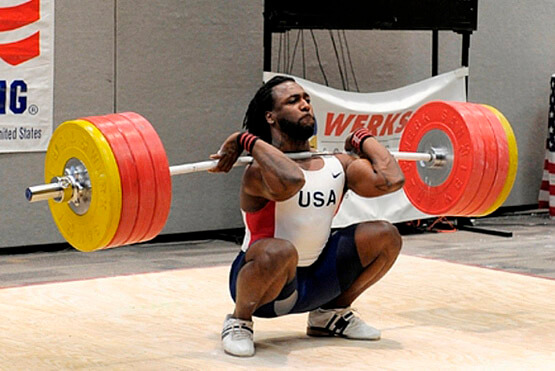
The athlete moves with the load.
The complete cycle of the movement (initial position- lowering- lifting) starts and ends at zero speed of both the athlete and the load. The speed of the load and the direction of movement are identical for any linear load (traditional weights, rubber bands, pneumatic machines), the end of the concentric phase is at speed 0 since the direction of the movement is changed (provided that it is not launched).
But what happens with inertial machines ? In these equipments, the load is not moved linearly, but rotates on itself by means of the flywheel. What changes is the direction of movement of the athlete, while the load (flywheel) never stops turning.
This implies that unlike force training with traditional equipment where the concentric/eccentric transition is 0, in inertial machines this transition, the speed of the load is not 0, because the steering wheel continues to turn and for that reason we have to brake it in the movement in the descent phase (eccentric activation).
On inertial machines the load is only at speed 0 at the beginning of the concentric phase and the end of the eccentric phase, when we manage to stop the machine to be able to do another repetition
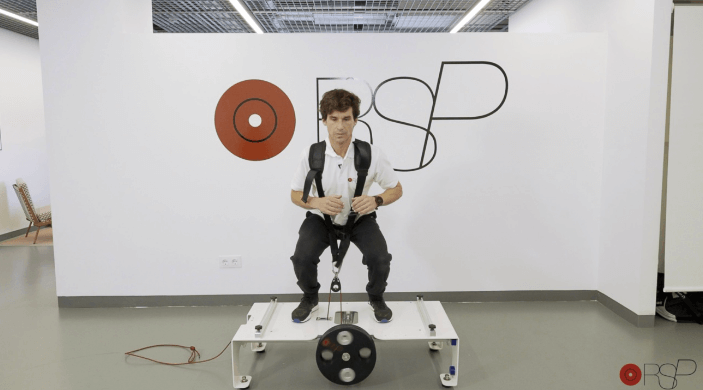
The athlete does not shift the load on the inertial machines.
Therefore, these devices will allow us to train and measure sequences of acceleration (concentric) and braking (eccentric) phases, where the two phases will be dependent on each other since the acceleration that the athlete is capable of generating in the concentric phase will be the one that he will have to manage in the eccentric phase.
Escrito por:
Ramón Lago
Eduardo Domínguez
http://einercial.com/

